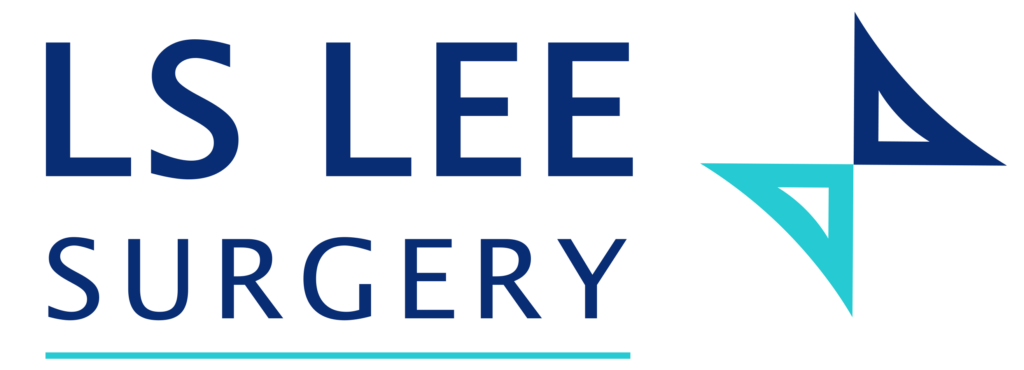
Understanding the Gallbladder
The gallbladder is a small organ tucked beneath the liver, often overlooked until it begins to cause discomfort. Despite its modest size, this pear-shaped organ plays a crucial role in digestion and overall health. Understanding the gallbladder, its functions, common problems, and treatment options can empower individuals to take proactive steps towards maintaining their well-being.
Functions of the Gallbladder
The primary function of the gallbladder is to store and concentrate bile, a digestive fluid produced by the liver. When we consume fatty foods, the gallbladder contracts and releases bile into the small intestine to aid in the digestion and absorption of fats. This process is essential for breaking down dietary fats and fat-soluble vitamins, ensuring proper nutrient absorption.
Common Gallbladder Problems
Despite its importance, the gallbladder is prone to various issues, ranging from mild discomfort to severe complications. One of the most common problems is gallstones, which are hardened deposits that can form in the gallbladder. Gallstones can block the flow of bile, leading to symptoms such as abdominal pain, nausea, vomiting, and jaundice.
Other conditions that can affect the gallbladder include:
Cholecystitis – Inflammation of the gallbladder, often caused by gallstones or infection.
Choledocholithiasis – When gallstones migrate from the gallbladder and block the common bile duct.
Gallbladder cancer – Although rare, cancer can develop in the gallbladder, typically in older individuals with a history of gallstones or chronic inflammation.


Symptoms of Gallbladder Problems
Gallbladder issues can manifest through various symptoms, including:
Abdominal pain – Typically felt in the upper right or middle abdomen, the pain may be intermittent or constant and can radiate to the back or shoulder blades.
Nausea and vomiting – Often accompanying abdominal pain, nausea and vomiting may occur due to gallbladder inflammation or obstruction.
Jaundice – A yellowing of the skin and eyes caused by the buildup of bilirubin when bile flow is obstructed.
Changes in bowel habits – Some individuals may experience diarrhoea or pale-coloured stools due to disruptions in bile flow.
Indigestion and bloating – Difficulty digesting fatty foods and feelings of fullness or bloating after meals may indicate gallbladder dysfunction.
Diagnosing Gallbladder Problems
Diagnosing gallbladder issues typically involves a combination of medical history review, physical examination, and diagnostic tests. Common diagnostic procedures include:
Imaging tests – Ultrasound is often the initial imaging test used to visualise the gallbladder and detect gallstones or other abnormalities.
Blood tests – Blood work may reveal elevated levels of liver enzymes or bilirubin, indicating gallbladder inflammation or obstruction.
HIDA scan – A hepatobiliary iminodiacetic acid (HIDA) scan can assess gallbladder function by measuring the rate at which bile is released into the small intestine.
Endoscopic procedures – Endoscopic ultrasound (EUS) or endoscopic retrograde cholangiopancreatography (ERCP) may be performed to evaluate the bile ducts and obtain tissue samples for further analysis.

Treatment Options
The treatment for gallbladder problems depends on the specific condition and its severity. Gallstones can often be managed through lifestyle changes and dietary modifications. However, medical intervention may be necessary if symptoms persist or complications arise. Common treatment options include:
- Medications – Certain medications can help dissolve gallstones or alleviate symptoms such as pain and inflammation.
- Surgery – The most common surgical procedure for gallbladder issues is cholecystectomy, which involves removing the gallbladder. This procedure is typically performed laparoscopically, resulting in faster recovery times and minimal scarring.
- Endoscopic procedures – In cases of choledocholithiasis, endoscopic retrograde cholangiopancreatography (ERCP) may be performed to remove gallstones from the bile duct using specialised instruments.
- Lifestyle changes – Maintaining a healthy weight, eating a balanced diet low in fat and cholesterol, and staying physically active can help prevent gallbladder problems.
If you’re experiencing symptoms such as abdominal pain, nausea, or jaundice, it’s crucial to seek prompt medical attention to prevent potential complications. Consulting with your doctor early can help alleviate discomfort and prevent the progression of gallbladder issues. For more information and guidance tailored to your specific needs,
Please call LS Lee Surgery at:





